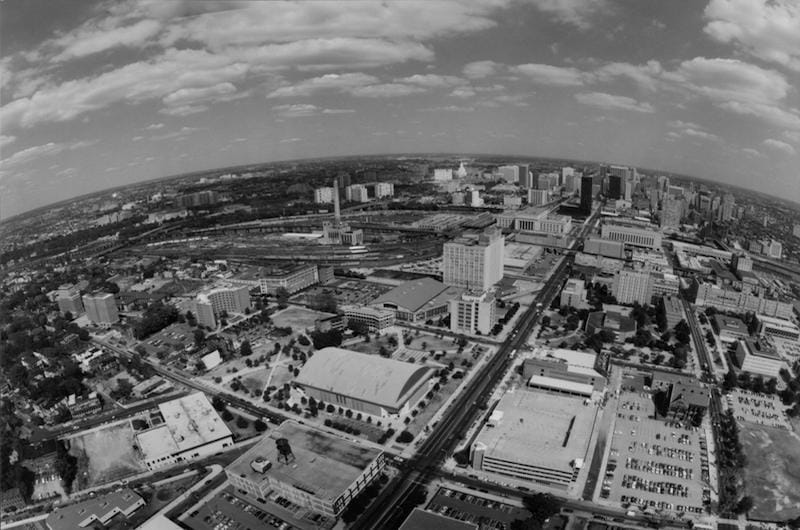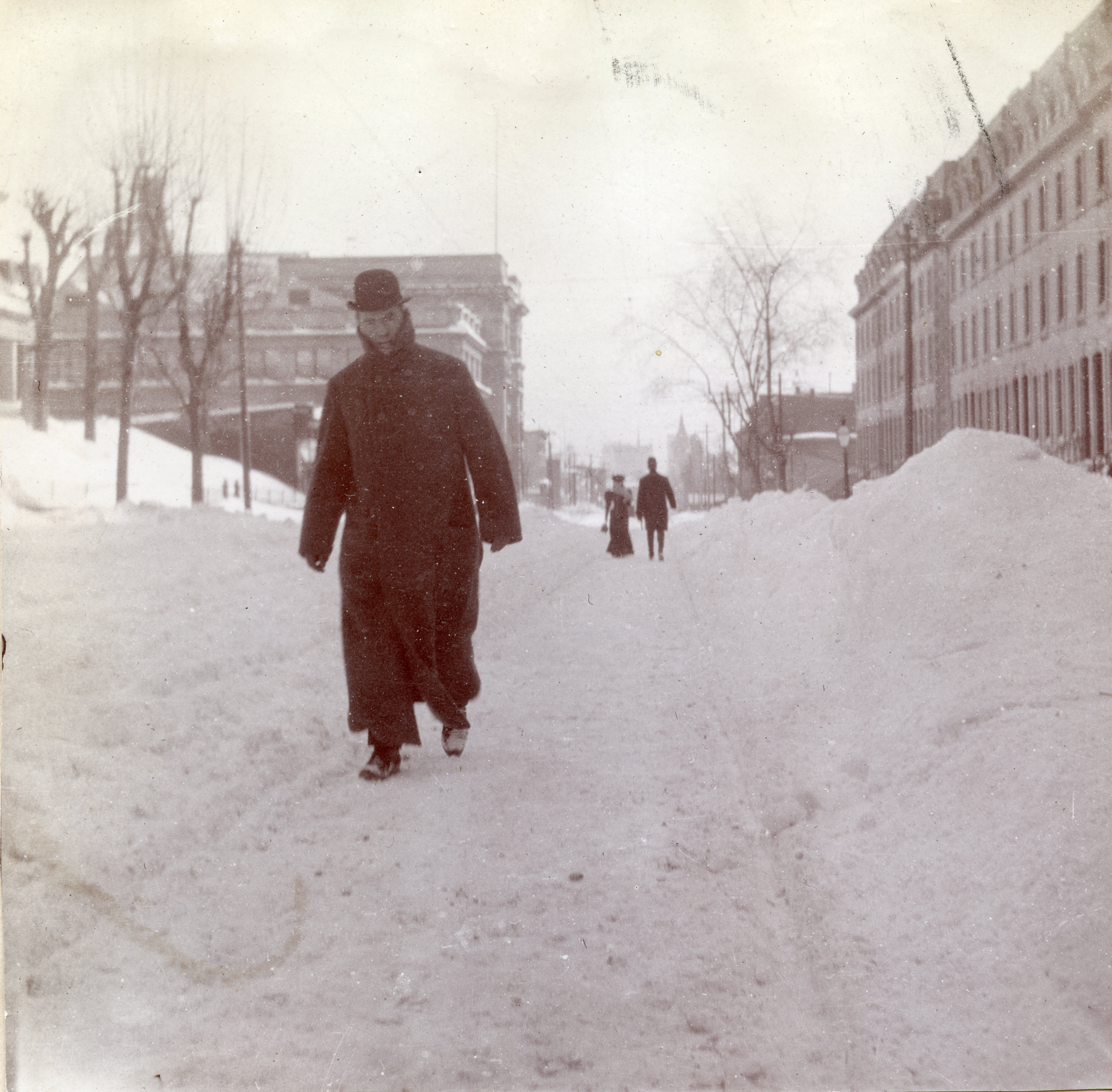Pearlstein Gallery Celebrates 125 Years with ‘Drexel & the City’ Exhibition

In honor and celebration of Drexel University’s 125th anniversary, the Leonard Pearlstein Gallery will present a new exhibition showcasing the influences of art, science and industry that have shaped the university’s past and continue to inspire its future. The exhibit, ‘125 Years: Drexel & the City’, will run from Jan. 12 through March 19 – with the opening reception taking place on Jan. 12, from 5-7 p.m. in the Pearlstein Gallery (3401 Filbert Street).
The exhibition celebrates 125 years of Drexel’s involvement with the Philadelphia region looking at the past, present and future. Displays range from decorative art objects donated by Anthony J. Drexel, including an ornate porcelain vase, to an original 1984 “Drexel Mac” computer. Historic photographs of West Philadelphia, photo collages of campus life and learning, will allow visitors to see examples of student work from the 1890s in comparison to current cutting-edge work completed by faculty and students in programs including architecture, interior design, fashion, graphic design, dance, product design, theater and animation.
The exhibition space will also serve as a venue for programs and performances inspired by the houses, stoops and porches, streets and gardens of Mantua and Powelton Village. These will include dance performances, spoken word and poetry slams, DIY history workshops, and a new play that takes a look back to Philadelphia in 1892.

“Unlike many more self-contained colleges and universities, Anthony J. Drexel envisioned a school that engaged with its neighbors so as to be ‘helpful in the largest sense’ to the community,” said Elizabeth Milroy, curator of the exhibition and professor in the Westphal College of Media Arts & Design. “This exhibition will enable visitors to move through space and time, as they explore how creativity in design and innovation within an urban context have informed Drexel’s history over the decades.”
A two-day symposium on March 3-4, will take place with the theme “Drexel at 125: Finding the Past/Building the Future,” which will feature historians and city planners talking about the history of our changing neighborhood and planning for the Promise Zone.
The exhibit will take its audience from the beginning, when Anthony J. Drexel founded the Drexel Institute in 1891 to the University’s current, community-mindedness that was rooted in Drexel’s mission for the institute. The location of Drexel was selected to be, “central to the best of the working population of a great industrial city,” – at the time of its inception, rail yards, mills and factories operated within close proximity to the bustling neighborhoods of Powelton and Mantua. Notably, Drexel envisioned a school that would graduate both men and women with the readiness and experience to solve practical problems in an evolving landscape that will benefit the community.
Many objects and images were made available by the Drexel Collections and the Drexel University Archives as well as the Athenaeum of Philadelphia, the Free Library of Philadelphia, the Historical Society of Pennsylvania, the Library Company of Philadelphia, the Philadelphia History Museum and PhillyHistory (the City of Philadelphia Department of Records). The exhibition organizing team was led by Drexel professors Elizabeth Milroy, PhD, Art & Art History department head, and Jody Graff, Graphic Design Program director.
For details on programs and events, visit here.
Drexel News is produced by
University Marketing and Communications.
